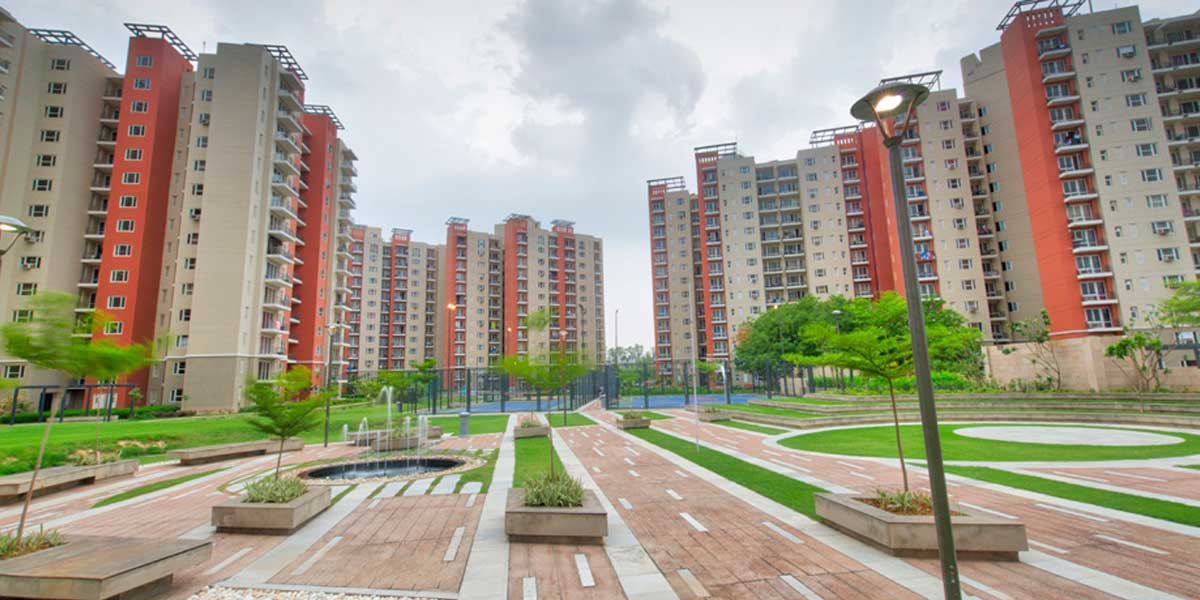SONAL VERMA and FAUZIA KHAN examine changes in the legislative landscape for the construction industry.Infrastructure is a key driver for the economy, responsible for the overall development and growth of the Indian construction industry. It broadly consists of two major segments: real estate and urban development. While the real-estate segment includes residential buildings, commercial and retail spaces, hotels and so on, the urban development segment pertains to infrastructure development of water supply, transportation, educational complexes, solid waste management, etc. As per a global survey, the construction industry in India is expected to grow steadily and the growth momentum is expected to continue to rise, thereby recording a compound annual growth rate (CAGR) of 11.7 per cent during 2021-2025. The survey further envisaged an output of $ 842,535.2 million by 2025.Predominantly, the departments responsible for overseeing the construction industry include:Ministry of Labour and Employment: Pertaining to human rights issues including but not limited to health, safety, security and welfare of the labour workforceMinistry of Environment: Pertaining to ensuring environmental protection and conservation of the natural habitat from manmade activitiesMinistry of Oil and Natural Gas: Pertaining to electricity production and infrastructure development, including generation, transmission and deliveryMinistry of Commerce and Industry: Pertaining to procurement of commercial requirements such as permits, licenses, etcDepartment for Promotion of Industry and Internal Trade: Pertaining to the promotion of industrial development of the country by facilitating investment in new and upcoming technology and FDI and supporting balanced development of industries.In fact, in the first nine months of financial year 2020-2021, India managed to capture its highest ever FDI inflow at $ 67.5 billion. In the next couple of years, the country’s construction market is likely to feature among the leading markets globally, with expected output to grow on an average of 7.1 per cent each year. Progress and development in the construction industry is directly linked to improvement of other sectors such as cement, technology and steel.Government initiatives to support the industry ahead of 2021While the years 2020 and 2021 were adversely impacted by the COVID-19 outbreak across sectors, the construction industry saw progress. Much of this is owing to the efforts undertaken by the government machinery to provide much-required support to the sector.Some substantial efforts made by the Centre and state governments include:In a collaborative effort with global counterparts, India launched the ‘Infrastructure for Resilient Island States (IRIS)’ at COP26 in Glasgow, UK. This was a dedicated effort implemented to provide the right infrastructure systems and promote disaster and climate resilience of infrastructure assets to Small Island Developing States (SIDS).In the 2021 provisioning, in a massive boost to the infrastructure sector under the Union Budget, an allocation of $ 32.02 billion was made to improve transport infrastructure.The Government expanded the National Infrastructure Pipeline (NIP) to 7,400 projects. Through the investment pipeline, the Government invested $ 1.4 trillion in infrastructure development as of July 2021.The Government facilitated schemes/initiatives aimed at assisting the construction industry’s revival by infusing liquidity in the sector, which is likely to result in a sharp recovery over the forecast period.Legislative development pertaining to labour lawsFor the longest time, the workforce in the country has remained unorganised – by and large unprotected by a robust statute. However, with the introduction of the Code on Social Security, 2020, statutory protection was extended to the workforce, thereby categorising labour under three broad categories: gig workers, platform workers and unorganised workers. More specifically to the construction industry, a building worker, if s/he happens to migrate from one state to another, shall be entitled to benefits prescribed by the Code that are available in the particular state. Under the provisions of the Industrial Relations Code, 2020, workers can avail of the provisions that help secure their employment after being laid off. And the Occupational Safety, Health and Working Conditions Code, 2020, makes special provisions on aspects like leave requirements and working hours, especially pertaining to night shifts for women and so on. The Code also facilitates an annual medical check-up, free of cost, and provides for cess.Legislative development pertaining to waste managementThe construction industry is a major consumer of single-use plastic for covering seals, windows, floor coverings, etc. It involves heavy usage of plastics like polyvinyl chloride (PVC), high-density polyethylene (HDPE) and expanded polystyrene (EPS). While not all plastic is bad and is a cost-effective alternative, the increasingly high use of the material in the long run is not suitable for the environment and society at large, the primary concern being segregation, reuse and recycling of plastic waste. Some essential sources of legislation relevant to the construction industry include:The Plastic Waste Management Rules, 2016: The concept of extended producer responsibility (EPR) was introduced under this Act with the objective of managing plastic waste management. However, the concept continued to be at a nascent/unfamiliar stage in the country and to bring in a sense of onus and responsibility, the Ministry of Environment, Forest and Climate Change issued a draft EPR policy notification in Q3 2021. The new rules:Mandate the generators of plastic waste to take the required steps to curb the wastage and integrate methods of efficient management of the sameImplement rigid targets pertaining to packaging, recycling and percentage use on reuseRequire the usage of disposed multi-layered plastics in infrastructure development, such as construction of roads or energy recovery, in line with the guidelines laid down by the Central Pollution Control BoardProvide for an EPR certificate to be issued should a company be successful in achieving the desired targets for the year, thereby generating surplus. Such a certificate can be carried forward to the next year, or sold to other eligible parties.The Construction and Demolition Waste Rules and Regulations, 2016: The Union Territory administration of Chandigarh approved the draft rules on the Construction and Demolition of Waste Management Policy, 2021. Defining construction and demolition waste as the waste generated from building material, debris, remodelling of structures, etc, it requires all contractors in the UT to use processed materials and by-products derived from recycled materials. The primary objective is to levy fines and charges to encourage reuse and recycling of waste. The policy requires the generator to segregate construction and demolition waste, and further segregate hazardous wastes generated from the same activity.Overall, the construction industry has the potential to substantially curb plastic waste generation and incorporate ways to benefit from the use of such plastic wastes for various construction applications. The opportunity to make use of plastic for construction purposes can have a significant and positive impact on the conservation of the marine environment, reducing the overall environmental threat caused by the production of plastic.Legislative development pertaining to financial supportWith the aim to facilitate a principal development financial institution, the National Bank for Financing Infrastructure and Development Act, 2021, was brought into effect. Its purpose is to help enhance the liquid bond market of international standards for long-term infrastructure financing in India, including widening of the issuer and investor base. The new legislation is expected to help attract institutional investors at both domestic and global levels and promote debt investments, including green financing.In conclusionThe ongoing construction projects in the country initiated by the Government are aimed to align with rapidly evolving technology to ultimately promote sustainable growth and development. India plans to spend $ 1.4 trillion on infrastructure during 2019-23 as an initiative under the transition to a sustainable future. Moreover, the Government has suggested investment of $ 750 billion for railways infrastructure from 2018-30.




















